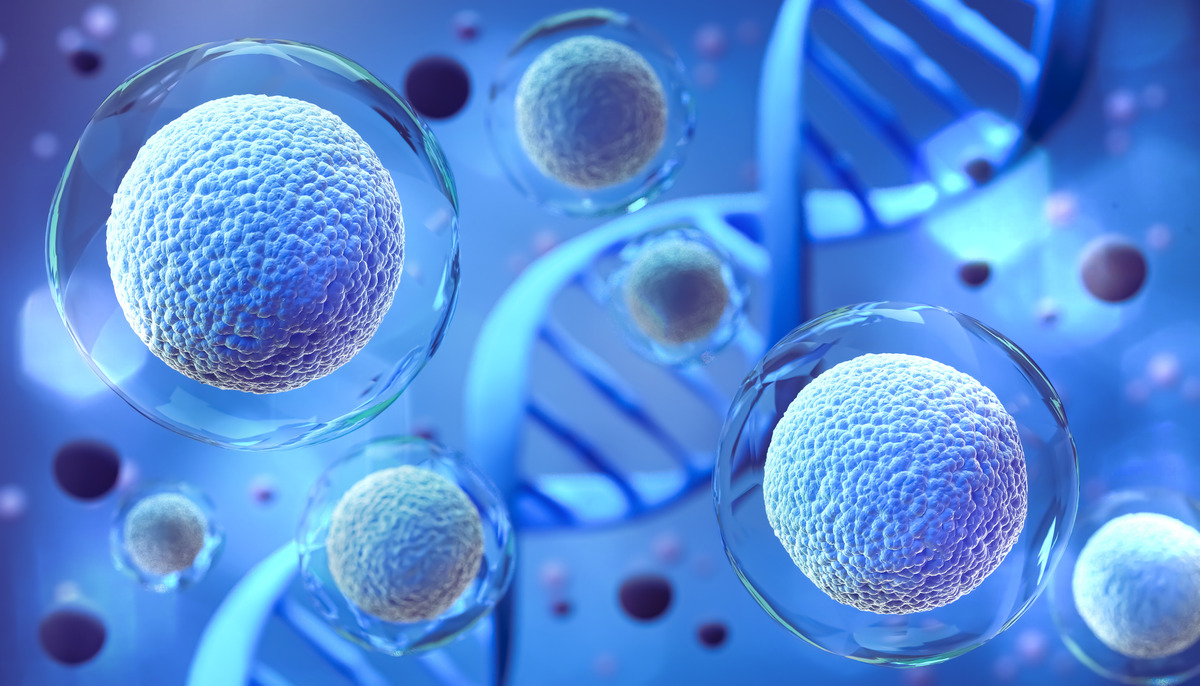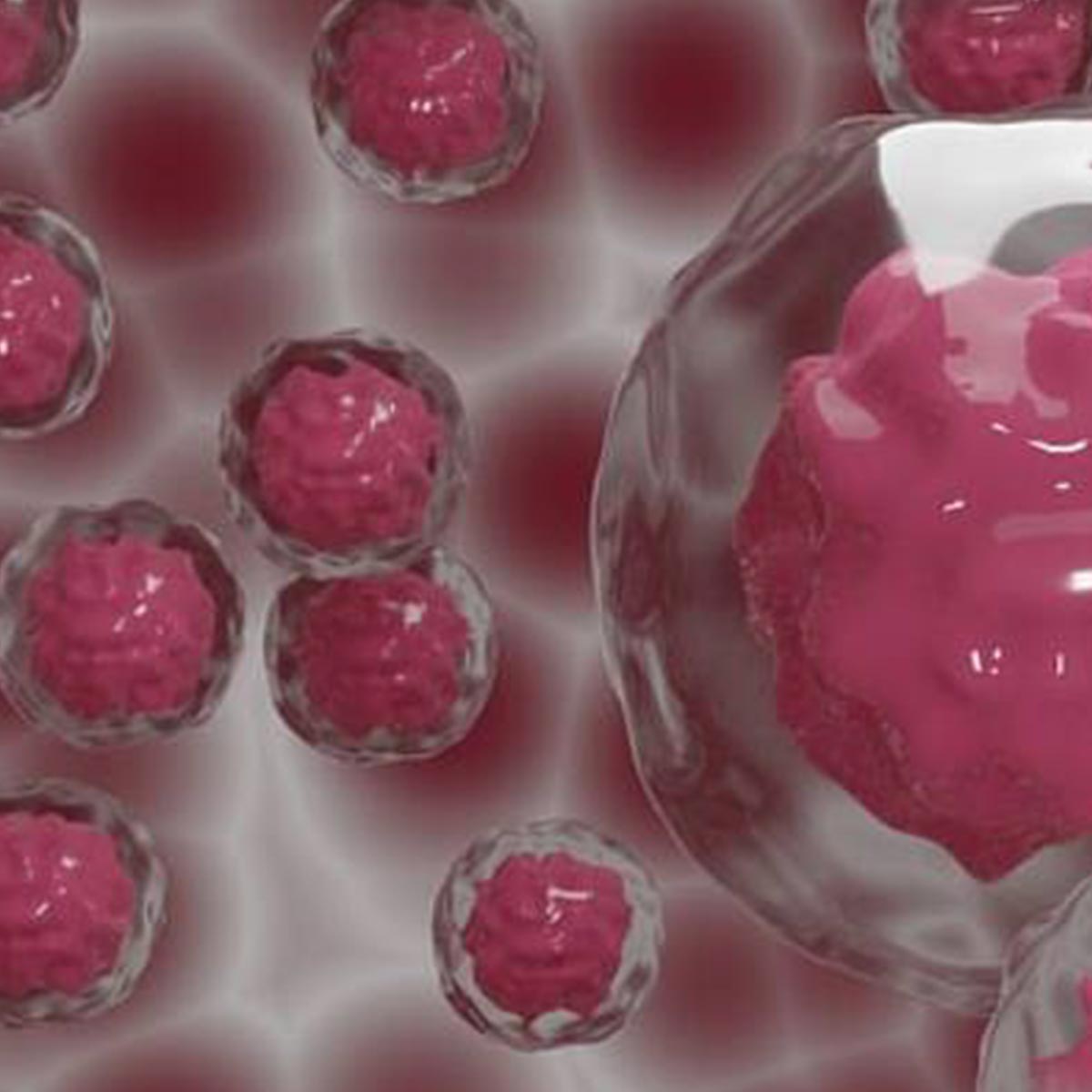Role of Stem Cell Therapy in Curing Juvenile Diabetes

Juvenile diabetes is a disease that mostly affects children where the body’s immune system destroys the insulin-producing cells of the pancreas. This results in life-long insulin injections and constant blood sugar monitoring. This can be quite stressful and affects the quality of life.
However, stem cell therapy presents a hope in the treatment of diabetes, as it can regenerate the body’s function of producing insulin. Stem cells help reduce inflammation and strengthen the immune system. Let’s explore the role of stem cell therapy in curing juvenile diabetes.
Juvenile vs Type-1 Diabetes
You may be wondering if these are the same thing. Yes, you are right! Type 1 diabetes was once called juvenile diabetes, and another name for it was insulin-dependent diabetes. This is because this type of diabetes usually occurs in kids and young adults. Type 1 diabetes or Juvenile diabetes affects about 1 in every 400 children, adolescents, and young adults under the age of 20. Nonetheless, it can occur at any age, but most of the instances have been recorded in children. It is because one of the studies reported that around 62% of new Type 1 diseases that have been recorded in 2022 are in patients aged 20 or older.
5 Benefits of Stem Cell Therapy for Juvenile Diabetes
Stem cell therapy for juvenile diabetes is now becoming one of the most promising methods in the battle against this disease. This therapy entails the utilization of stem cells to replace the dead insulin-producing cells in the pancreas. Here’s how stem cell therapy could be used to treat juvenile diabetes:
1. Regeneration of Insulin-Producing Cells
In the treatment of juvenile diabetes, stem cells are transplanted into the body to create new insulin-producing beta cells in the pancreas. These stem cells can produce beta cells that release insulin and help normalize glucose levels in the body. This could significantly minimize or even completely eradicate the need for insulin injections.
2. Immune System Modulation
Another potential use of stem cell therapy is modulating the immune system. Juvenile diabetes is an autoimmune disease, so stem cells could be employed to ensure that the body’s immune system does not attack the freshly generated beta cells. This could guard the pancreas and guarantee constant insulin production in the long run.
3. Prevention of Diabetes Complications
Stem cell treatment can also be used to avoid serious problems related to juvenile diabetes, including kidney failure, nerve damage, and heart disease. With stem cell treatment being able to restore insulin production and blood sugar regulation, then the chances of getting these life-threatening complications could be greatly eliminated.
4. Personalized Treatment Approaches
Stem cell therapy for juvenile diabetes has the advantage of providing a personalized approach to managing the disease. The therapy can be customized to the patient’s needs, and thus, utilizing the patient’s stem cells or a similar one from a relative decreases the possibility of rejection by the body’s immune system. Also, the best results can be achieved if the stem cells from umbilical cord are used for stem cell therapy.
5.Ongoing Research and Clinical Trials
Stem cell therapy is still in its research stage; however, clinical research trials are currently exhibiting positive outcomes. The research is important in knowing the ways to enhance the therapy for its applicability and strive towards finding the cure for juvenile diabetes.
Final Words,
Stem cell therapy is believed to hold great promise in treating and even curing juvenile diabetes. This stem cell-based treatment involves efforts to replace insulin-producing cells, regulate the immune system, and avoid complications, which holds promise for millions suffering from this disease.
For further information regarding stem cell therapy and how it can help you or your family members, you can Cryoviva to know how stem cell preservation extracted from umbilical cord works the best.








 Enquiry
Enquiry
 Email
Email Phone
Phone
 Whatsapp
Whatsapp